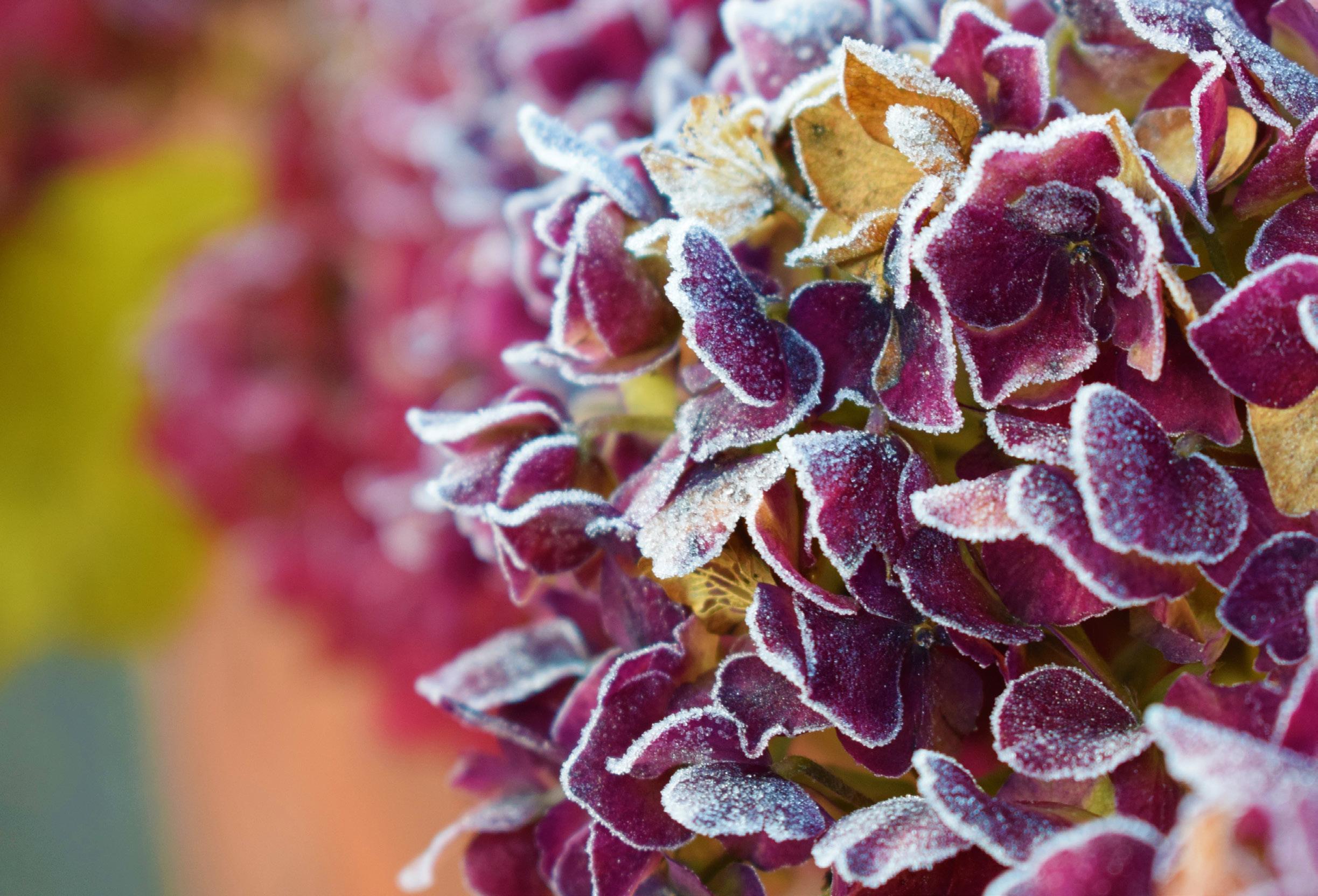
4 minute read
Hardiness Zone FOR YOUR GARDEN
from Landscaping 101
Let’s say you’ve just heard about a gorgeous perennial or maybe a spectacular shrub that you want to add to your garden. But will it survive in your region? This dilemma is why the USDA Plant Hardiness Zone Map was created. Most hardy plants have a zone rating to indicate where they will survive the winters from year to year. Here’s how you can use USDA Plant Hardiness Zones to guide your decision.
WHAT IS THE USDA PLANT HARDINESS ZONE MAP?
Advertisement
You may have seen the USDA Plant Hardiness Zone Map in garden magazines and books, or on seed packets and in plant catalogs. This map divides the United States into 11 separate zones (each of which is then divided into a and b). Each zone is 10°F warmer (or colder) in an average winter than the adjacent zone. The lower the zone number, the colder the region.
Although factors other than temperature affect a plant’s ability to survive in a particular climate, the USDA map is a good starting point when you’re trying to decide what to grow.
What You Can Grow In Your Hardiness Zone
For annual flowers (such as petunias) and vegetables (such as zucchini), you don’t need to pay attention to hardiness zones. This is because these plants usually complete their life cycle (seed sprouting to seed producing) in a single year. You might see these plants given a zone rating of 0 to indicate they aren’t hardy anywhere. But when you’re dealing with perennials, vines, shrubs, and trees that typically live for many years, you’ll want to find out the coldest temperatures a species is expected to survive and compare that to the zone you’re in.
When considering the hardiness zones a particular plant is rated for, think of that information as a guideline, not a guarantee that it will survive in your climate. The following list provides examples of plants that can take the cold in each USDA Hardiness Zone. Only the coldest zone for each listed plant is considered; some of the plants won’t thrive in substantially warmer areas. Always check with the source of your plants for information on whether they are wellsuited to your area.
Most gardeners aren’t dealing with freezing Zone 1 temperatures; only a few parts of Alaska, including cities such as Fairbanks, fall into this zone. Still, Zone 1 plants can withstand some of the most frigid conditions.
WHEN TO PLANT Mid-June
COMMON PLANTS
Netleaf willow (Salix reticulata)
Dwarf birch (Betula glandulosa)
Crowberry (Empetrum nigrum)
Quaking aspen (Populus fremuloides)
Pennsylvania cinquefoil (Potentilla pensylvanica)
Lapland rhododendron (Rhododendron lapponicum)
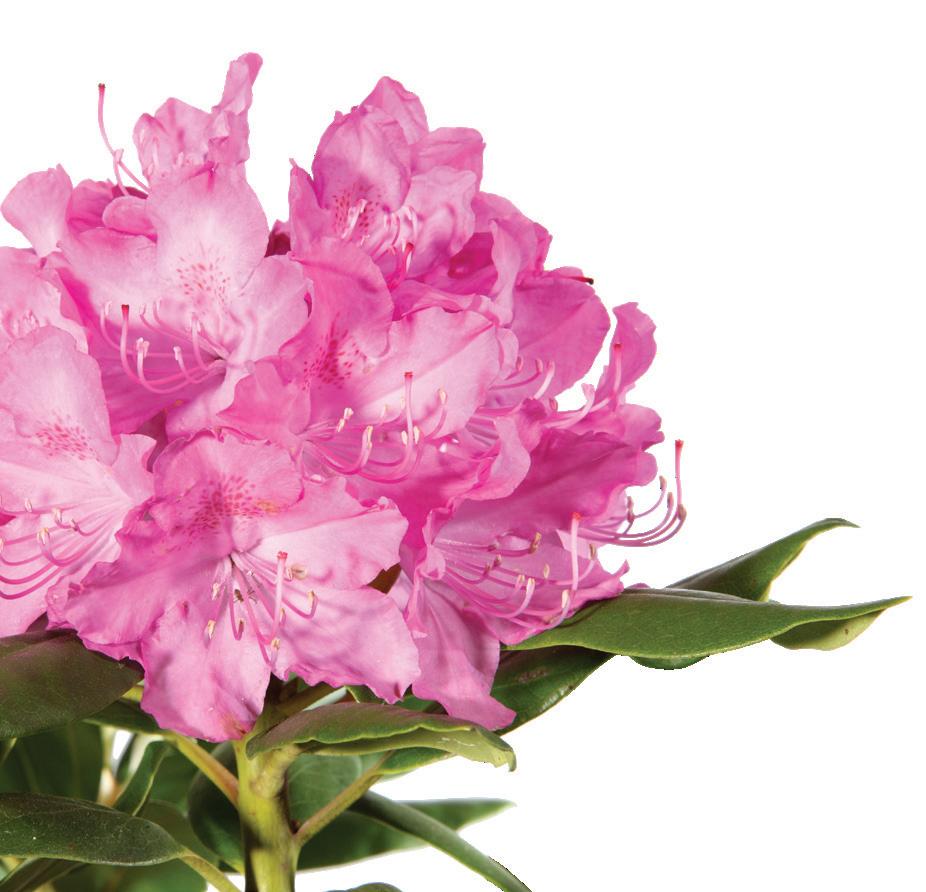
Zone 2 mostly refers to areas in Alaska, including cities such as Prudhoe Bay and Unalakleet. However, the northernmost tip of Minnesota also falls in Zone 2b.
WHEN TO PLANT Mid-June
COMMON PLANTS
Paper birch (Betula papyrifera)
Bunchberry dogwood (Cornus canadensis)
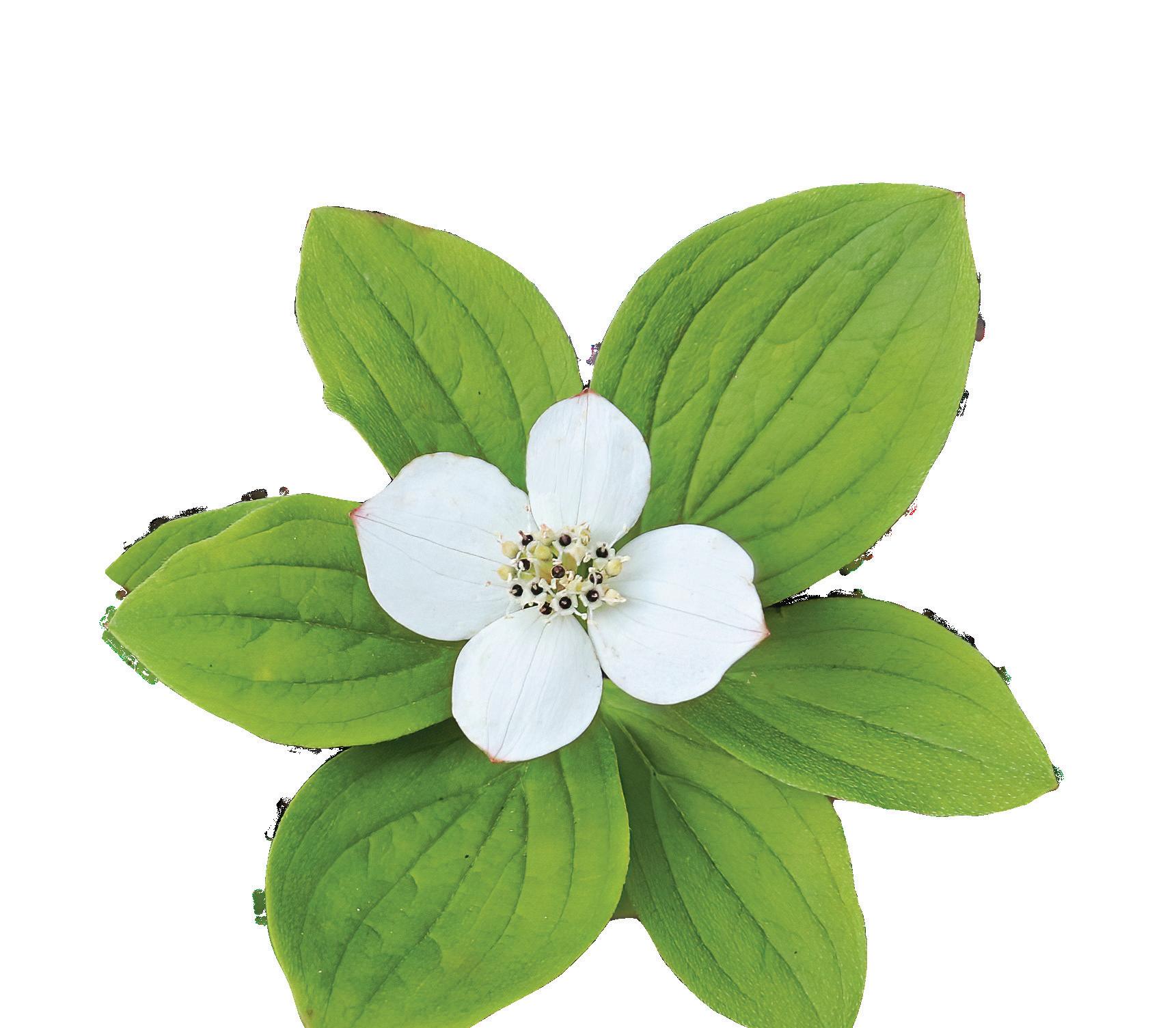
Silverberry (Elaeagnus commutata)
Eastern larch (Larix laricina)
Bush cinquefoil (Potentilla fruticosa)
American cranberry bush (Viburnum trilobum)
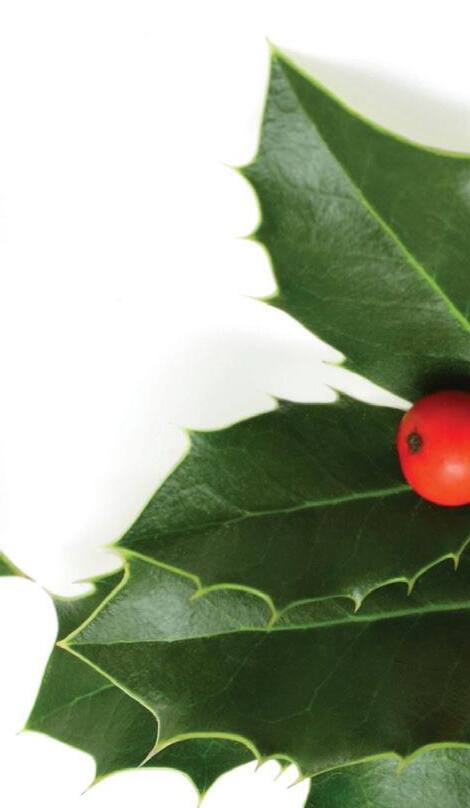
Most plants native to the United States are found within Zones 3 to 10; the toughest of plants can withstand all of these zones. The upper Midwest states hold most of Zone 3, such as the northern parts of Montana, North Dakota, Minnesota, Wisconsin, and Maine.
WHEN TO PLANT Mid-May
COMMON PLANTS
Foxglove (Digitalis selections)

Wood fern (Dryopteris selections)
Smooth hydrangea (Hydrangea arborescens)
Common juniper (Junipercus communis)
Siberian crabapple (Malus baccata)
Goldenrod (Solidago selections)
You can find this zone in Montana, Wyoming, North Dakota, South Dakota, Minnesota, Wisconsin, and Eastern states such as Northern New York, New Hampshire, and Maine.
WHEN TO PLANT Mid-May
COMMON PLANTS
Sugar maple (Acer saccharum)

Panicle hydrangea (Hydrangea paniculata)
Chinese juniper (Juniperus chinensis)
Vanhouffe spirea (Spiraea x vanhouttei)
Crabapple tree (Malus selections)
This zone is another common one for the Midwest and Northeastern states, where humidity stays high during the summers. You can find Zone 5 in states such as Colorado, Nebraska, Iowa, Wisconsin, Illinois, Indiana, Michigan, and New York.
WHEN TO PLANT Mid-April
COMMON PLANTS
Flowering dogwood (Cornus florida)
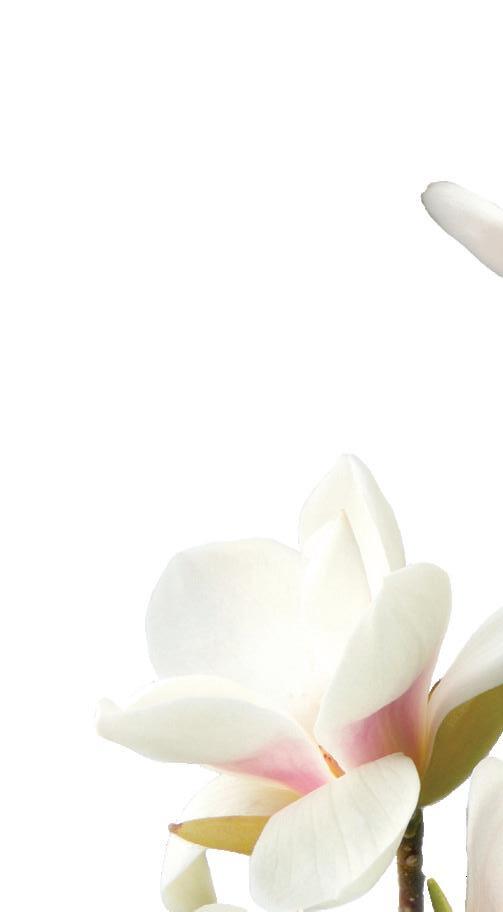

Delphinium (Delphinium selections)
Slender deutzia (Deutzia gracilis)
Boston ivy (Parthenocissus tricuspidata)
Sycamore tree (Platanus occidentalis)
Japanese yew (Taxus cuspidata) states, such as Washington and Oregon, and stretching over the middle of the U.S. in states such as Kansas, Missouri, Illinois, and all the way through Ohio.
WHEN TO PLANT
Mid-April
COMMON PLANTS
Japanese maple (Acer palmatum)
Common boxwood (Buxus sempervirens)
Coralbells (Heuchera)
American holly (Ilex opaca)
Weeping willow (Salix babylonica)
West (Washington, Oregon) and down through upper Texas, Oklahoma, and all the way through Virginia and North Carolina.
WHEN TO PLANT
Mid-April
COMMON PLANTS
Bigleaf maple (Acer macrophyllum)
Atlas cedar (Cedrus atlantica)
Bleeding heart (Dicentra)
English holly (Ilex aquifolium)
Magnolia tree (Magnolia selections)
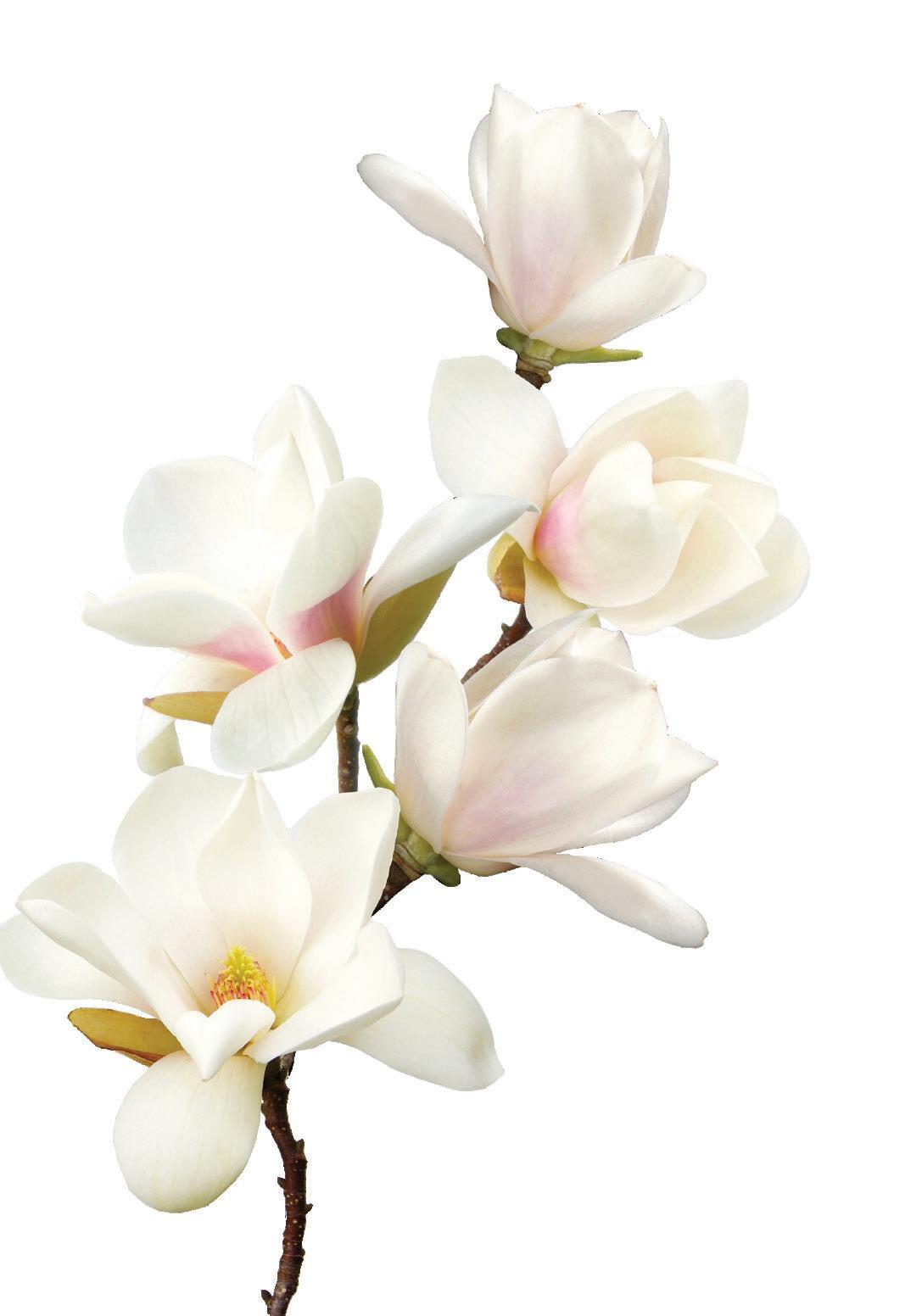
Texas rock rose (Pavonia lasiopetala)
English yew (Taxus baccata) warmth. Not only that, but plants will start to have a longer growing season in Zone 8. You can find this zone covering the West Coast and most of the South, such as Texas, Louisiana, Mississippi, Alabama, Georgia, and the Carolinas.
When To Plant
Mid-March
COMMON PLANTS
Strawberry tree (Arbutus unedo)
Mexican orange (Choisya temata)
Hibiscus (Hibiscus selections)
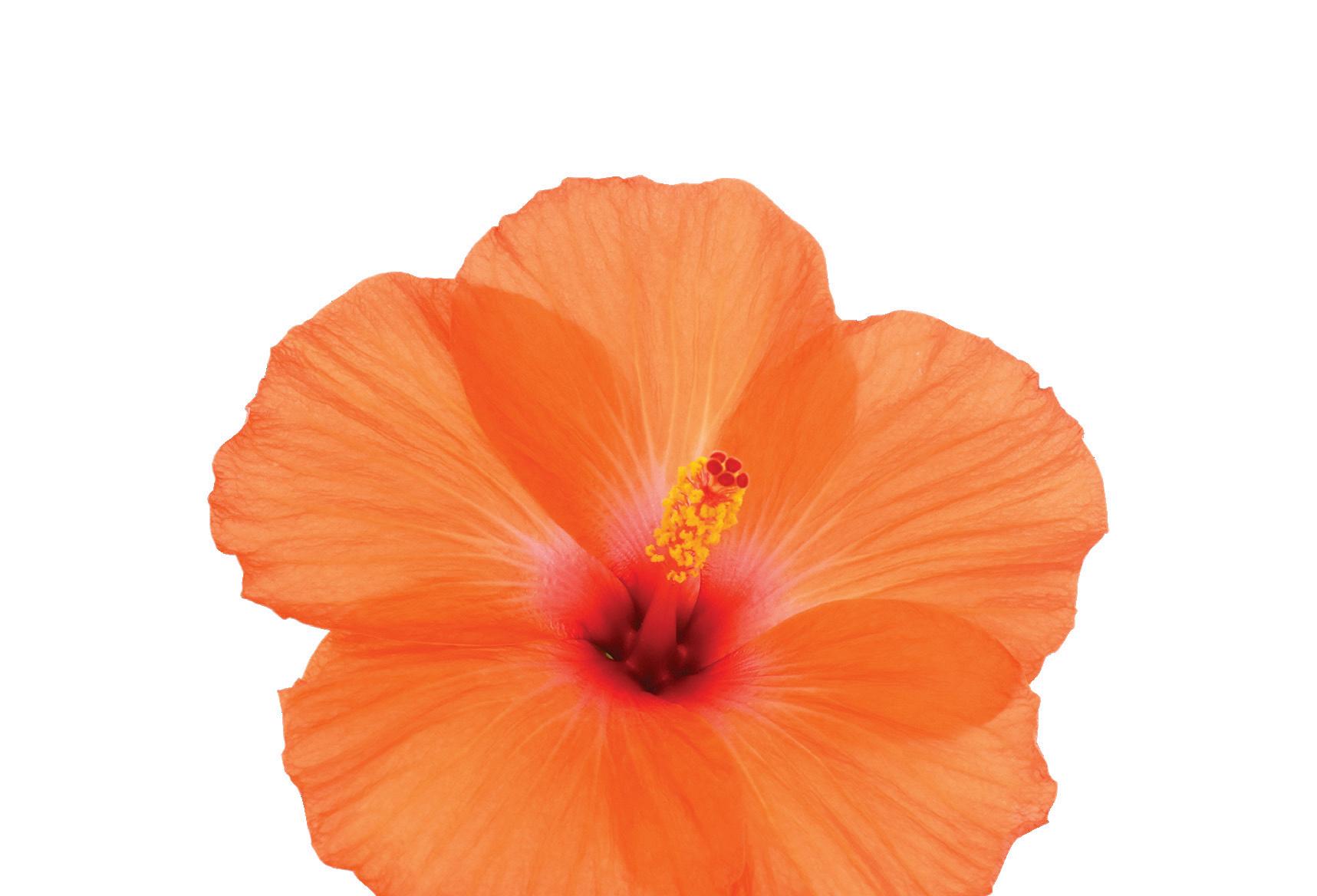
Texas mountain laurel (Sophora secundiflora)
Laurustinus (Viburnum tinus)
Yucca (Yucca selections)
It’s pure California dreaming with hot and heavy temperatures hitting this zone. These plants can withstand temperatures as low as 20 to 30°F but thrive in 70-90° temperatures. You can find Zone 9 consuming California’s landscape, along with Southern Texas, Louisiana, and Florida.
WHEN TO PLANT
Mid-February
COMMON PLANTS
Asparagus fern (Asparagus setaceous)
Dahlia (Dahlia selections)

Tasmanian blue gum (Eucalyptus globulus)
Fuchsia (Fuchsia selections)
Silk-oak (Grevillea robusta)
Sweetshade tree (Hymenosporum flavum)
Zone 10 sees some of the hottest temperatures in the U.S., prevalent in tropical places such as Southern California and Southern Florida.
WHEN TO PLANT Mid-January
COMMON PLANTS
Lemon eucalyptus (Eucalyptus citriodora)
Royal palm (Roystonea regia)
Palmetto palm tree (Sabal spp.)

Tropical plants flourish in Zone 11, which covers Hawaii. There�s no frost, and native plants thrive throughout the year.
WHEN TO PLANT
Any time



